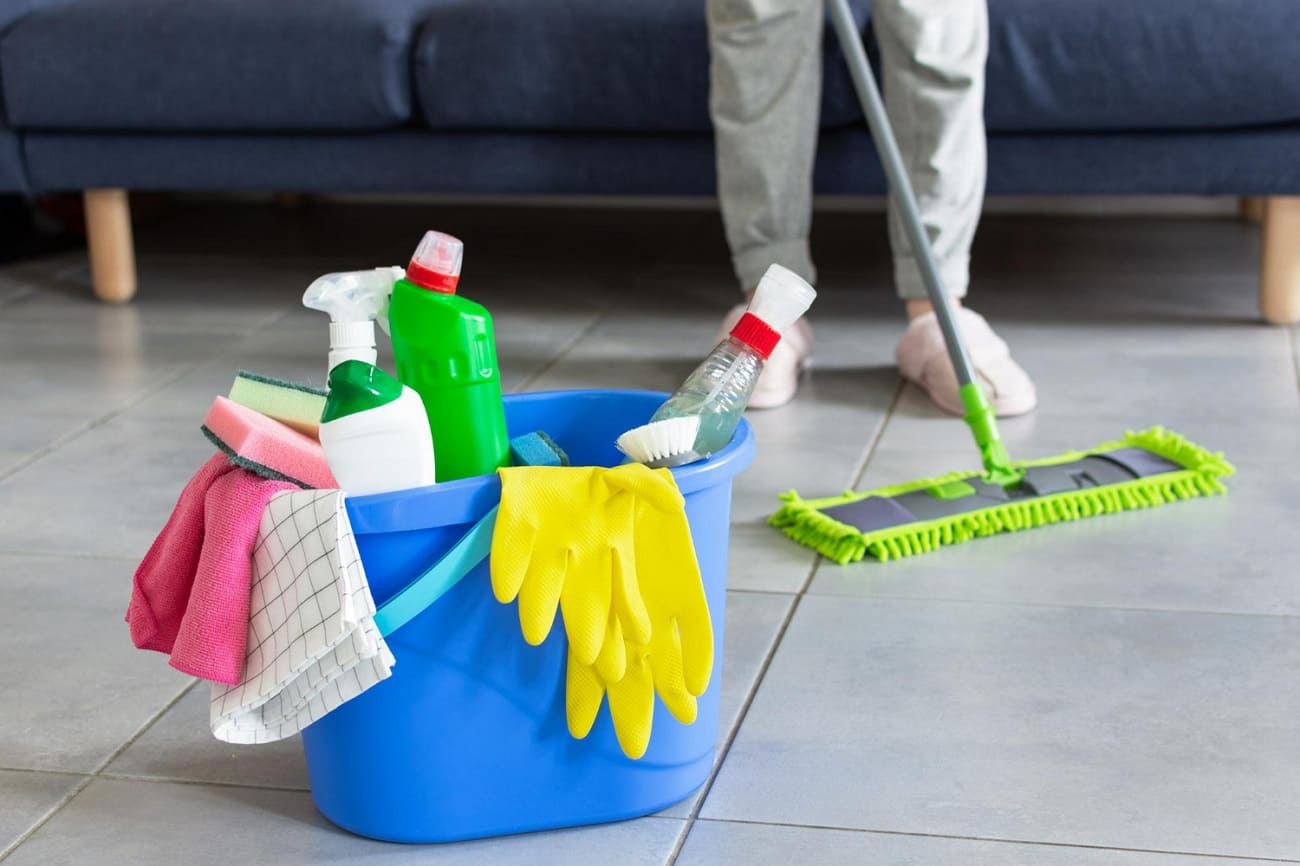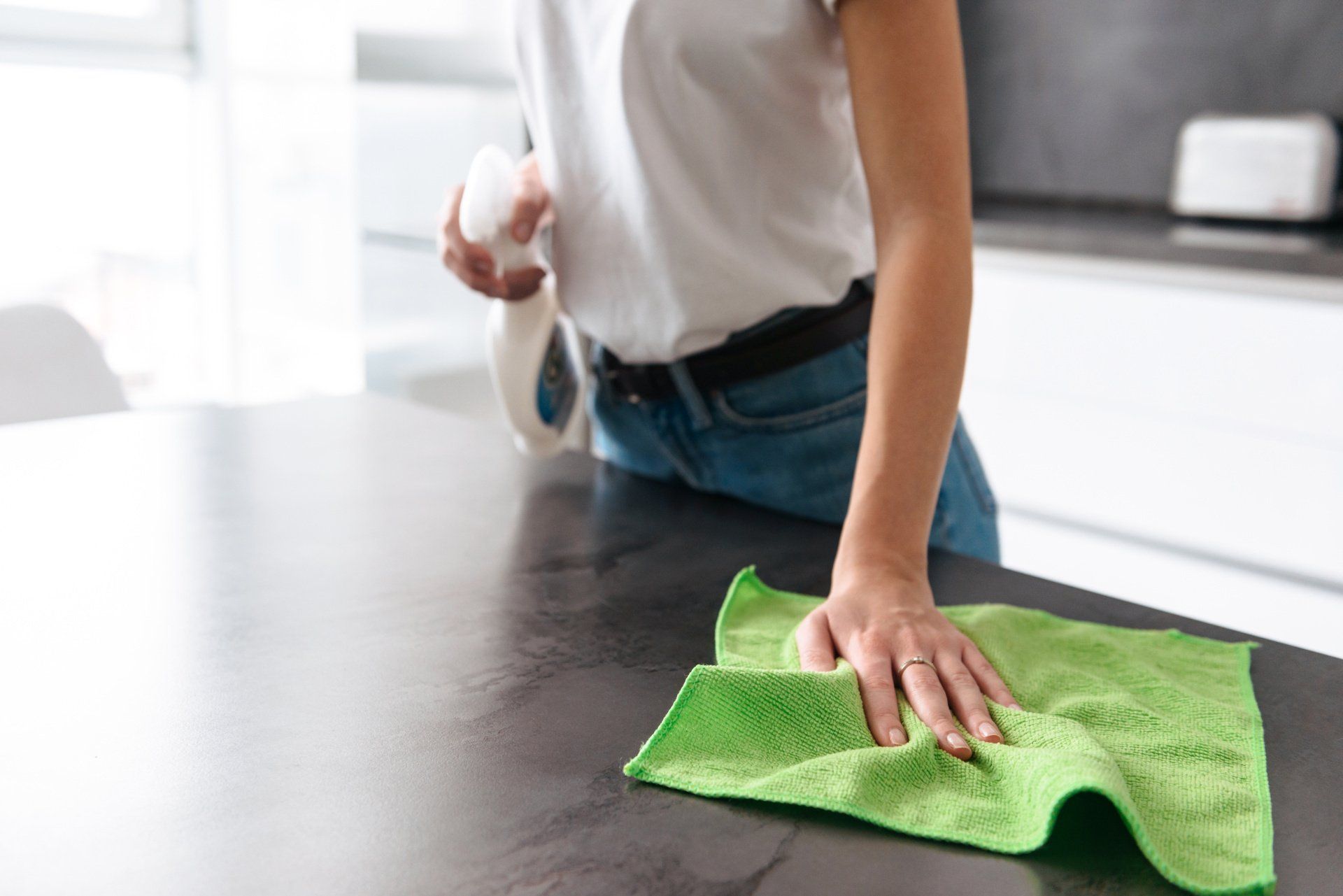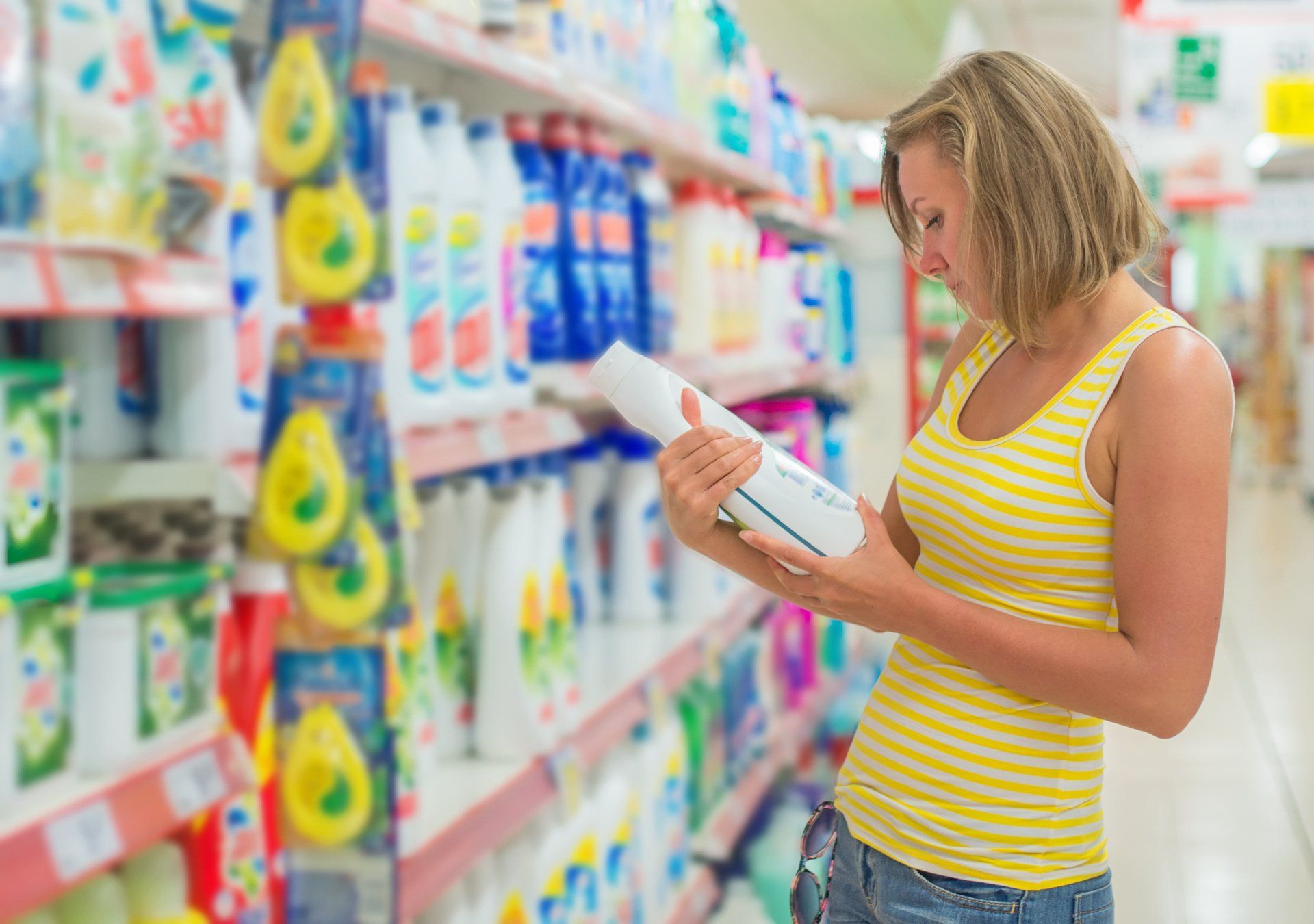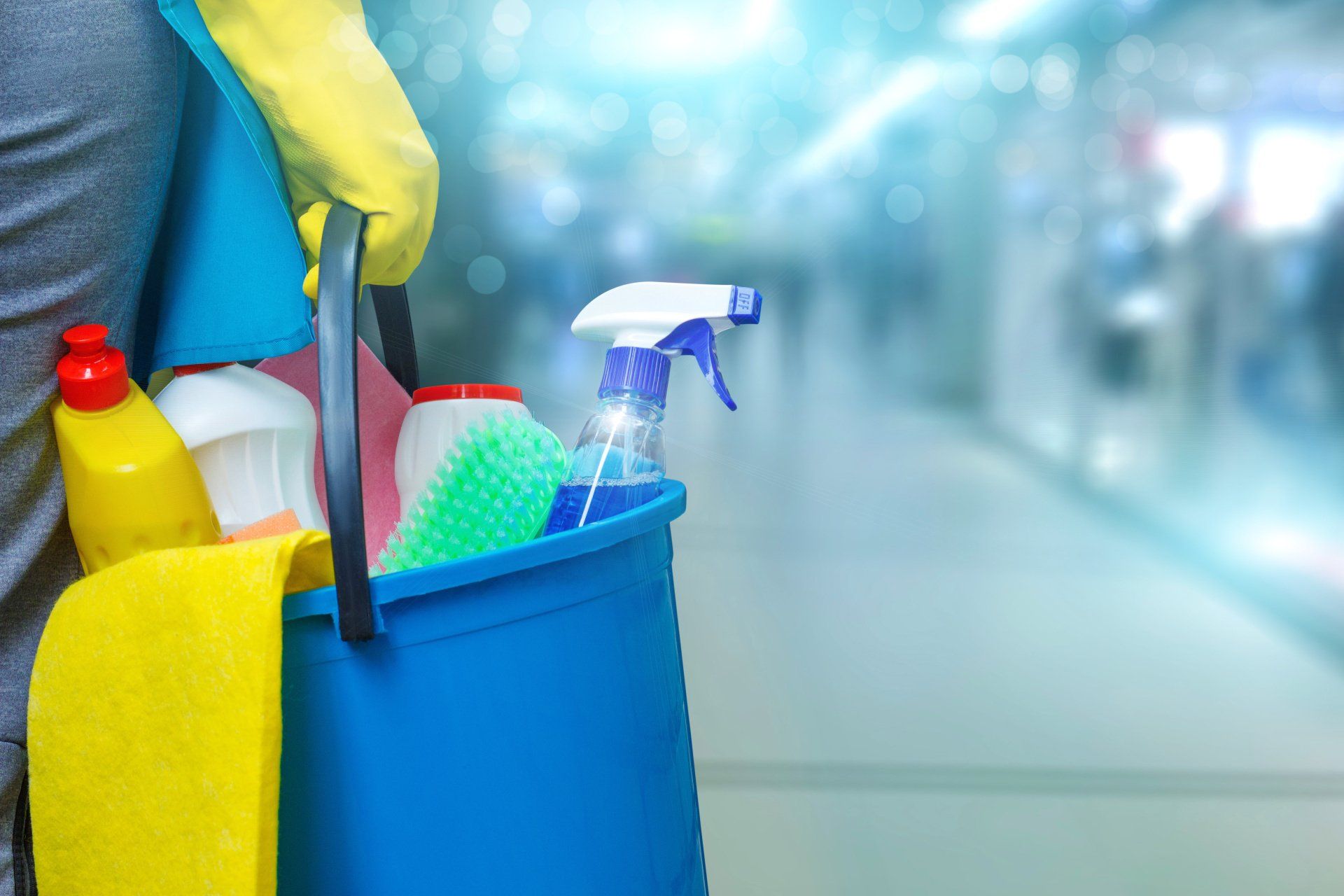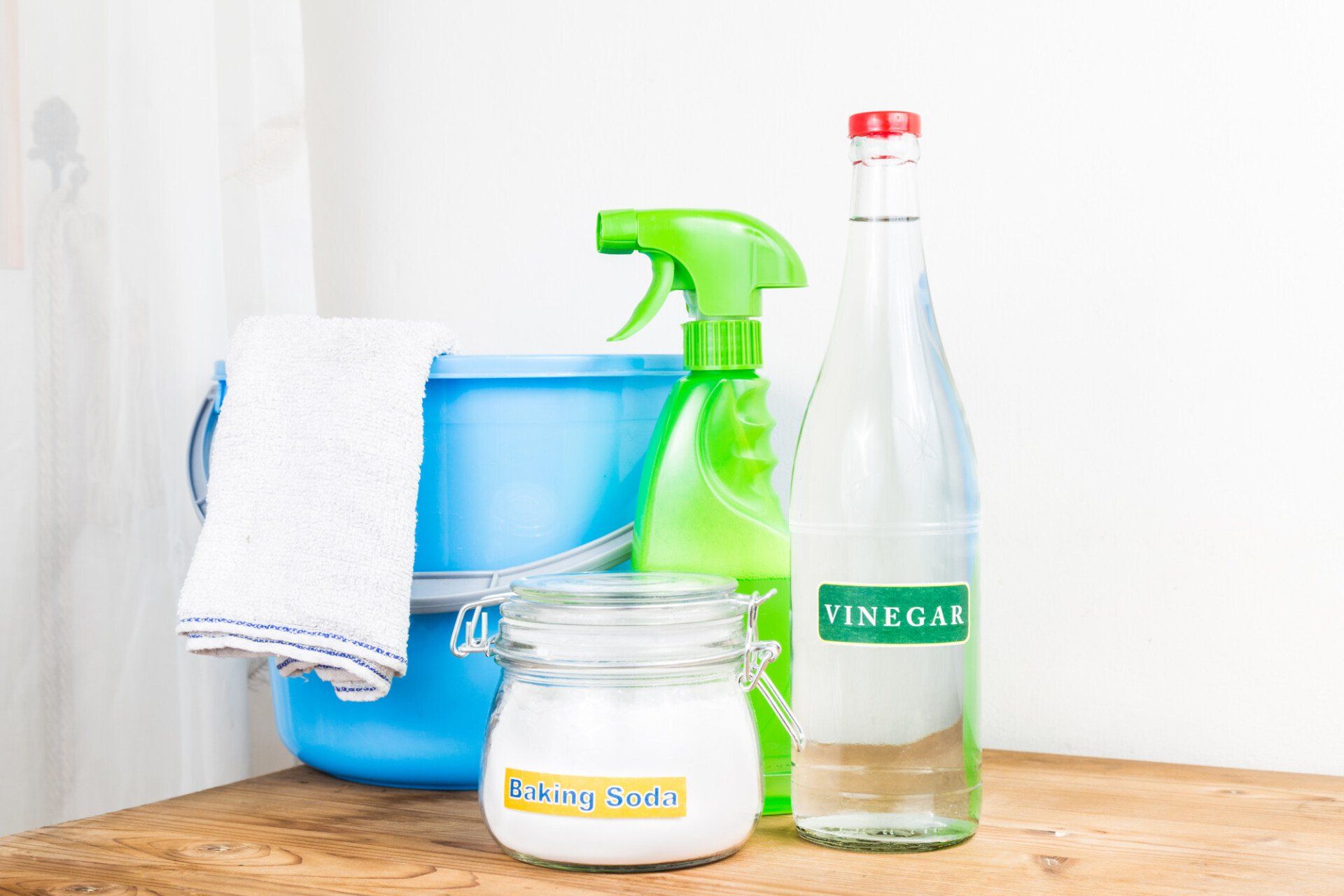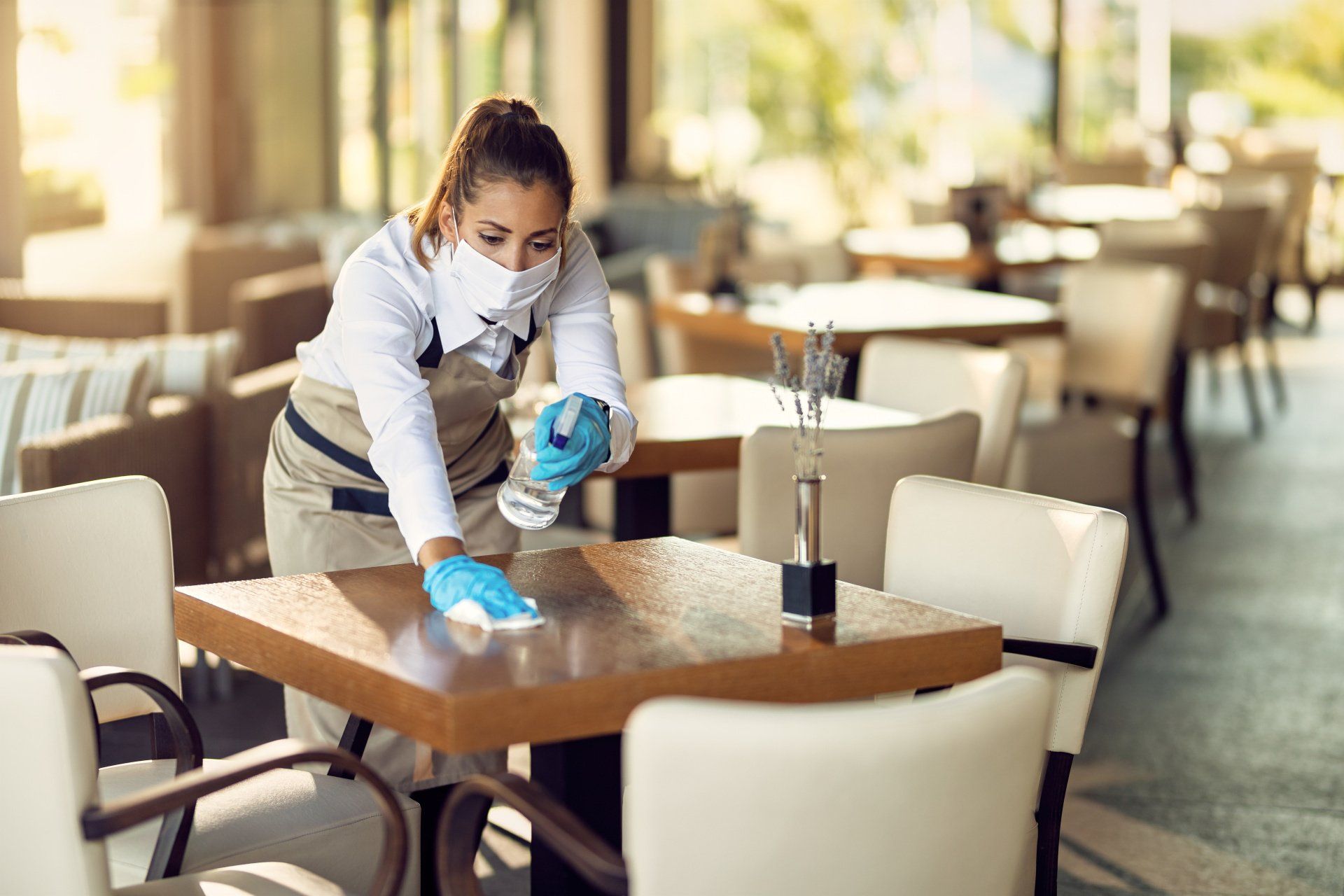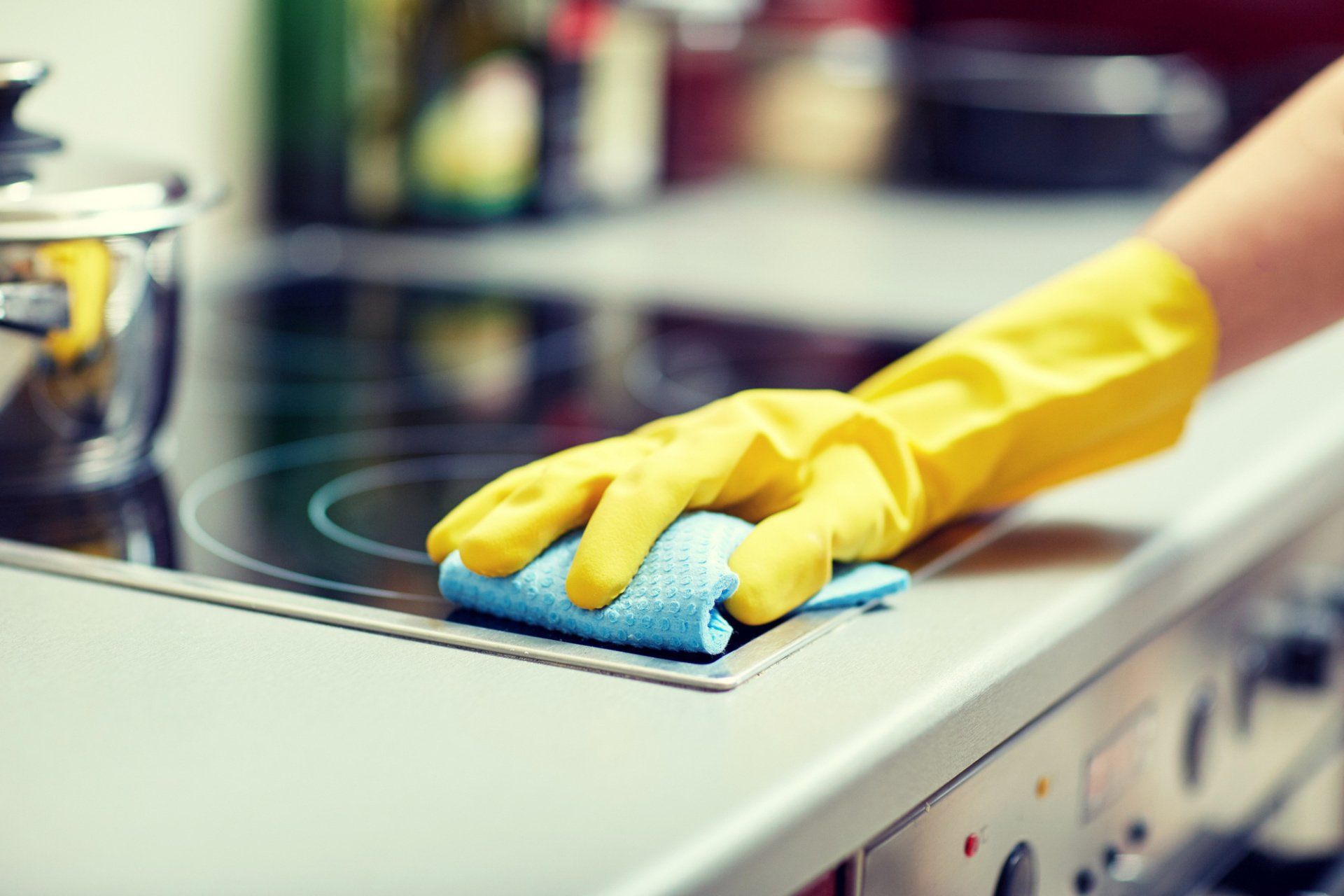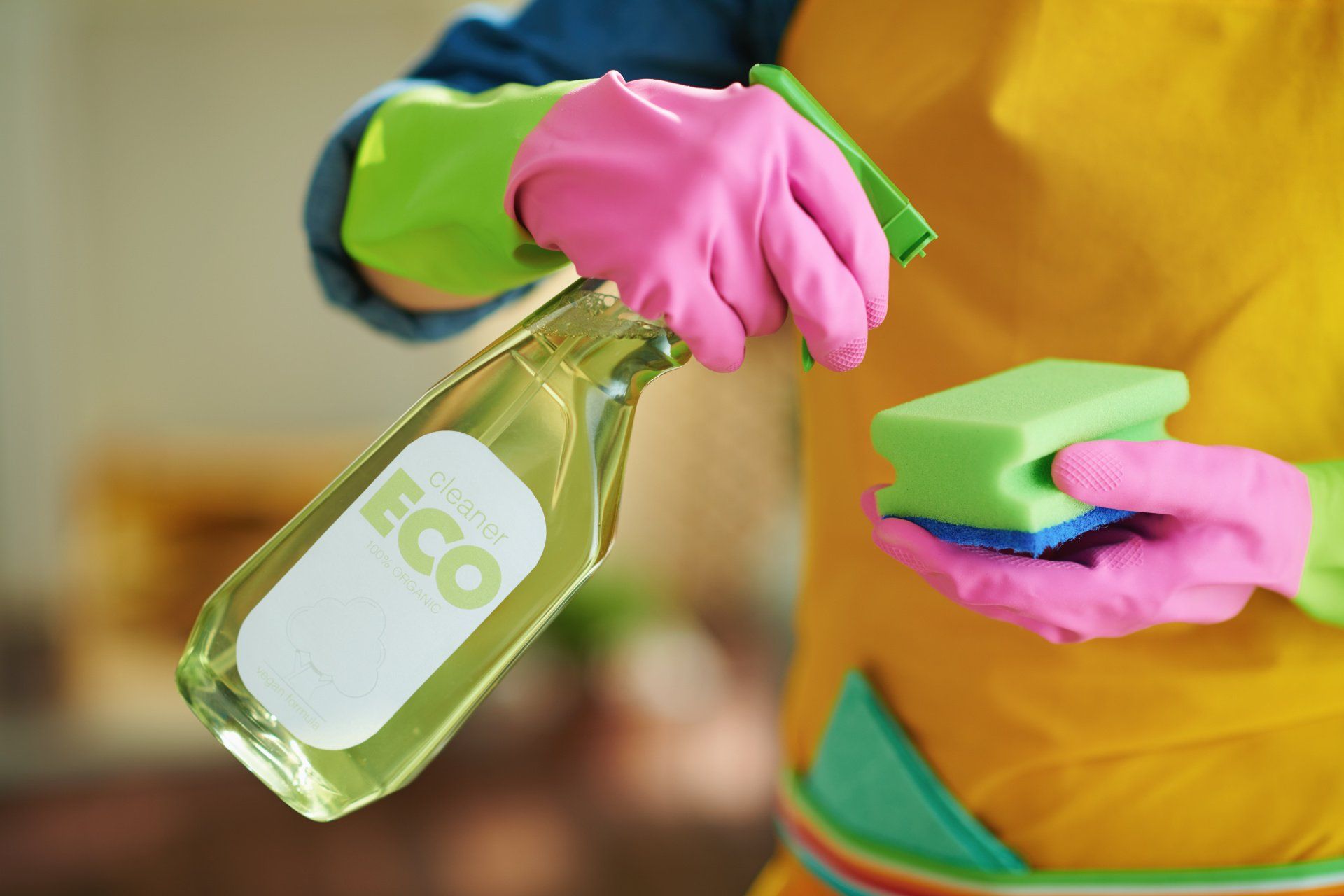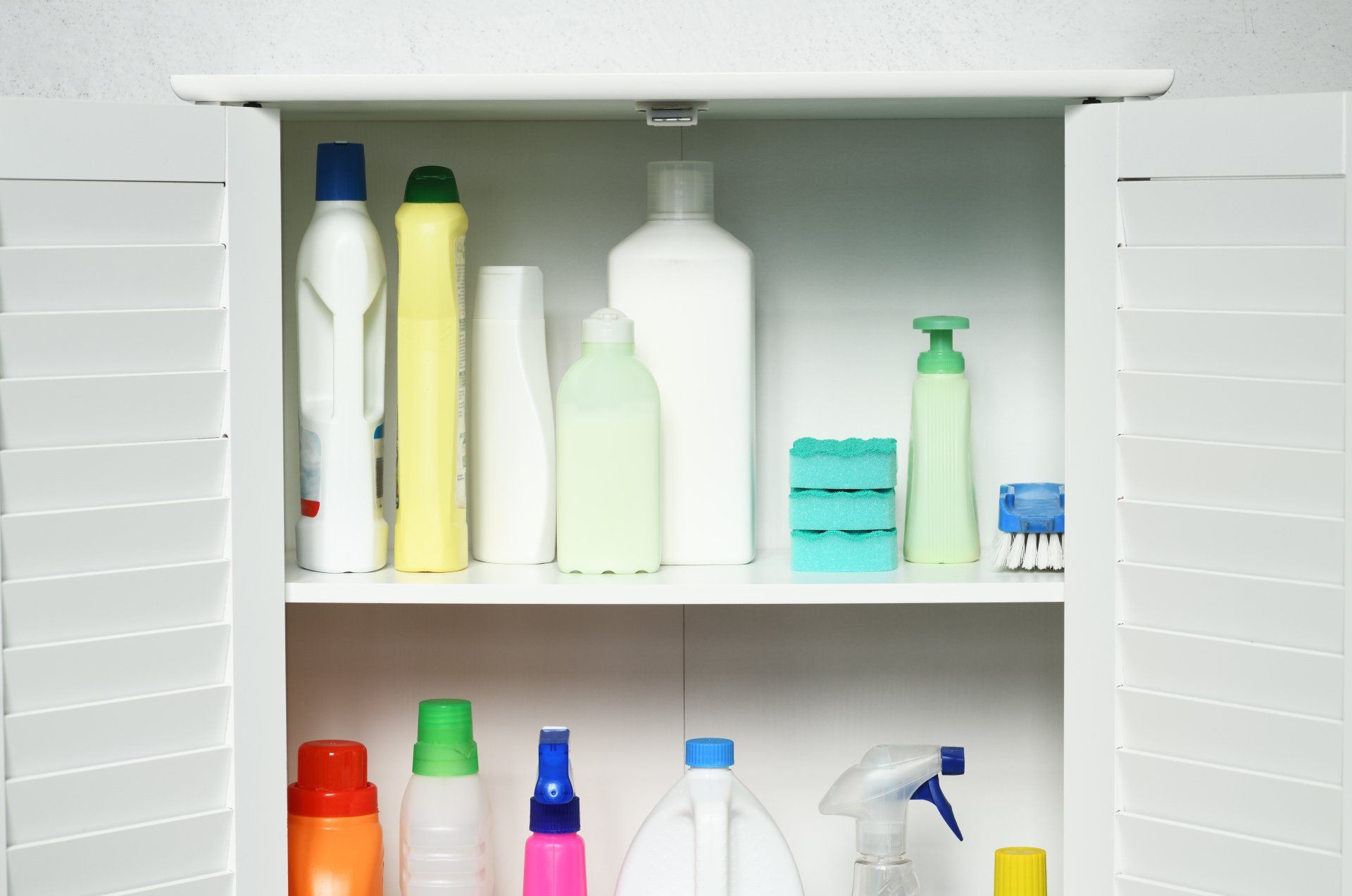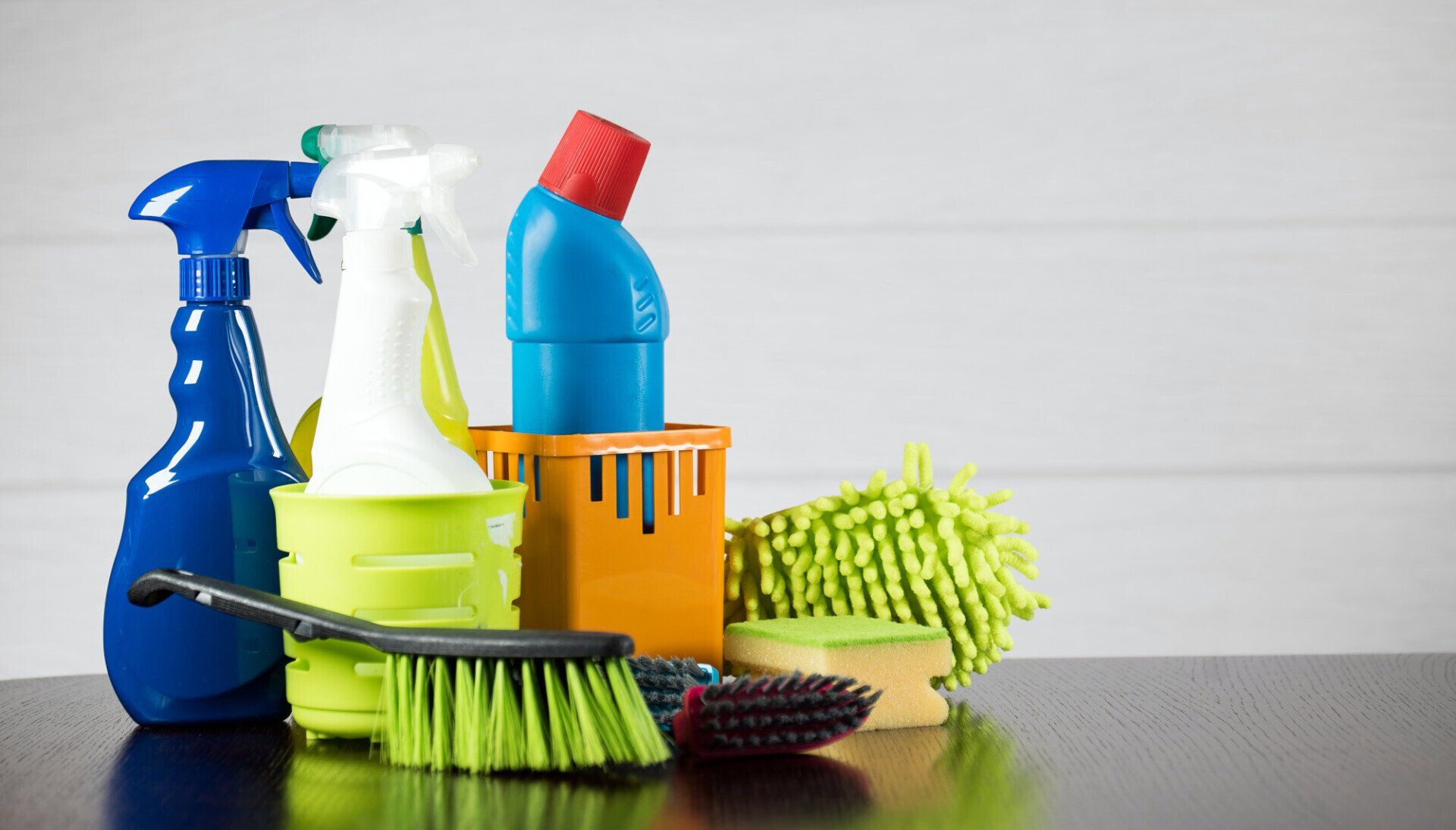A Guide for Cleaning and Disinfecting Your Home During the Current Crisis
Covid-19 has taken the world by storm. Cleaning and disinfecting is the new order. Here is a guide for disinfecting your home using disinfectant solution.
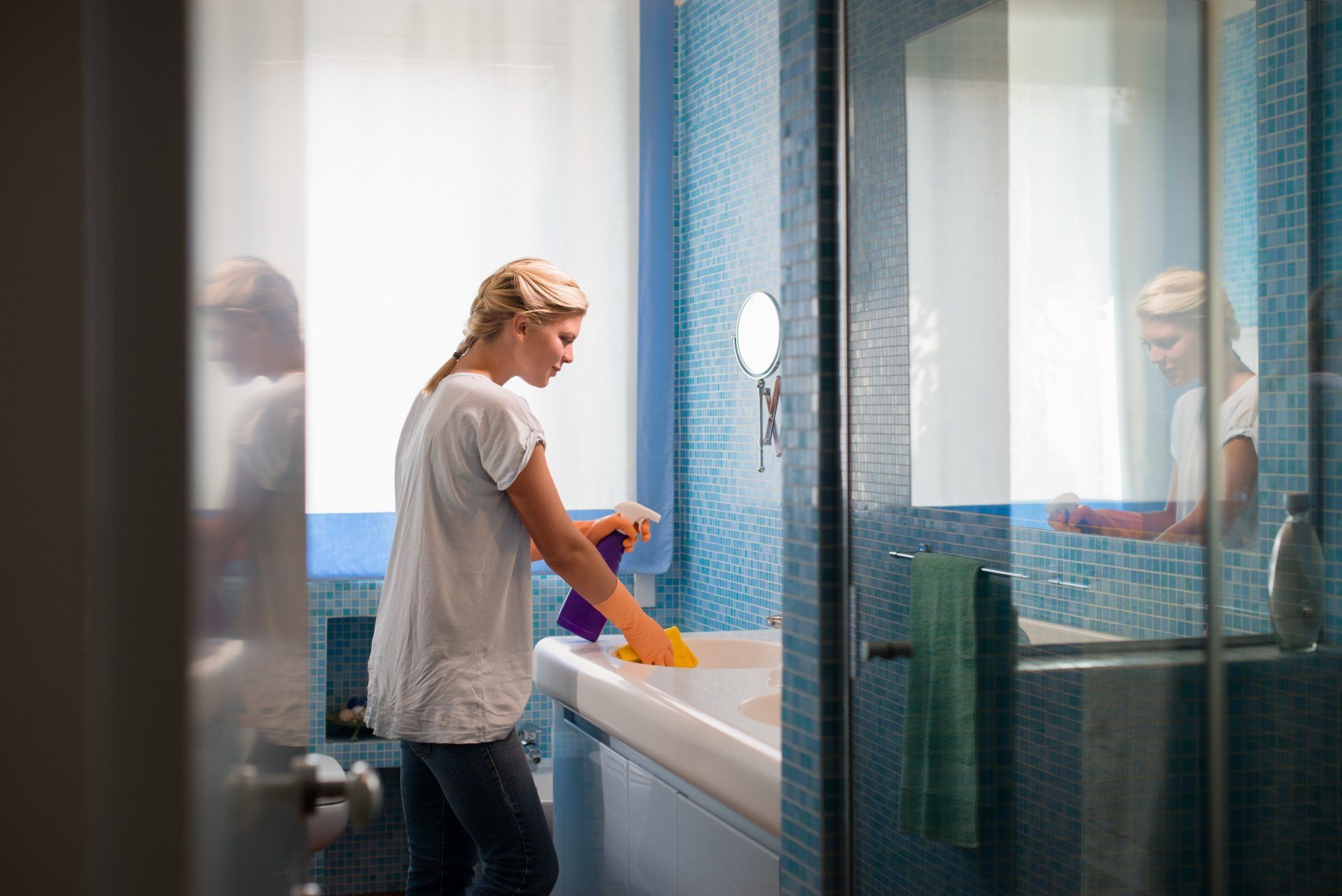
COVID-19 has everybody on their feet, worrying about cleanliness and hygiene. Cleaning and disinfecting are sort of the new order.
In any case, there are plenty of preventative measures, and active considerations, which can help reduce the potential of spread within your home.
Let's take a closer look at cleaning and disinfecting your home with a disinfectant solution.
Cleaning vs Disinfecting
You might be wondering which is better, but that's not the right way to go about the problem. One should consider both equally, as they complement each other and compound the results.
Cleaning is the process, in which you remove germs, impurities, and dirt from surfaces. It does not kill bacteria but lowers the numbers and risk of spreading infection.
Disinfecting is the process, in which you use a disinfectant solution to kill bacteria on the surfaces. It does not clean or removes germs, it kills them. Which is a great necessary step to take after cleaning.
How to Disinfect and Clean Your Home
Starting with hard surfaces, a.k.a non-porous surfaces.
- Wear disposable gloves when performing any cleaning/disinfecting work. Gloves should be removed after every cleaning. Clean hands right after removing gloves.
- If hard surfaces are unclean, clean with soap or detergent and water. This is done before disinfection.
- To disinfect, use an EPA-registered cleaning agent. (For a list of products, click here)
- In addition to that, a diluted bleach solution (minimum of 1000ppm sodium hypochlorite) is appropriate for disinfecting.
- Prepare a solution by mixing 5 tbsp of bleach per gallon of water or 4 teaspoons of bleach per quart of water.
- Ensure a contact time of at least 1 minute, and allow proper ventilation when disinfecting.
- Never mix bleach with ammonia or any other cleanser. Make sure cleaning agents have not been expired.
Now unto the soft surfaces, a.k.a porous surfaces.
- For carpets, rugs, drapes - remove contamination or dirt if visible.
- Use applicable cleaning agents that are indicated on the surface label.
- After cleaning, launder the items using appropriate instructions. The hottest temperature should be used.
- If you do not have the cleaning agents available, use the same EPA-approved products.
Clean your electronics, as well.
- For phones, tablets, screens, remotes, keyboards - remove all visible contamination/dirt.
- Follow manufacturer instructions for cleaning.
- Consider bleach-infused wipes for electronics.
- If no instructions are available, use alcohol-based wipes or sprays with a minimum of 70% to disinfect the screens. Dry surfaces thoroughly.
And your linens, clothing, etc.
- Wear disposable gloves, and discard after each use during laundry.
- Clean hands after gloves have been removed.
- If no gloves are used, make sure to wash your hands thoroughly afterward.
- Do not shake laundry to prevent the spread of bacteria.
- Launder items, following instructions of manufacturers. Use the hottest settings.
- Ill people's clothing should be washed separately.
- Clean and disinfect hampers using the same guidelines established above. Place a bag liner into the hamper (disposable) or launderable.
However, please do not dismiss the power and capacity of green cleaning products, which are equally and if not more potent than EPA-approved products.
Routine Cleaning and Disinfection
Within your home, routine cleaning and disinfection should become a necessary part of your daily experience.
Cleaning and disinfection of frequently touched objects, such as tables, knobs, switches, desk, toilets, faucets, and sinks, electronics - is very important.
Use an EPA-registered disinfectant solution, which has a verbose instruction manual on the label - establishing how to apply and use the product safely.
Make sure that you have your home well-ventilated.
Establish a schedule with your family for cleaning these surfaces, and items on a regular basis.
Cleaning and Disinfection of Home with Suspected/Confirmed COVID-19 Case
We are sorry to hear that somebody within your home is suspected or confirmed to have the virus. Let's take a look at how cleaning and disinfection vary for you.
All household members should be aware of COVID-19 symptoms, and preventative measures.
High-touch surfaces should be cleaned twice a day, using any of the methods outlined above. If possible, dedicate a bedroom and bathroom for ill persons. Reduce cleaning frequency as-needed for surfaces and soiled items, in order to avoid unnecessary contact.
The ill person should remain in a specific room, and away from other people in the home. The caregiver should provide ill persons with cleaning agents unless the room is occupied by a child - in the case the supplies could be a potential threat when unsupervised. The supplies are, but not limited to tissues, cleaners, EPA-approved disinfectants, paper towels, etc.
If you cannot provide a separate bathroom, the bathroom should be cleaned after each use by any person. All household members should adhere to home care guidelines when interacting with ill persons and their isolation within a bathroom or bedroom.
Disinfectant Solution, A Solution to Many Problems
We have covered the pragmatics behind the cleaning and disinfection of your home using a variety of cleaning methods and disinfectant solutions. You are well on your way to achieving a peaceful state of mind, in which your home is your safe-haven. Protected and distant from the worries of the virus.
As long as you follow the guidelines outlined within this article, you are reducing the risk of the virus by a huge margin. Something which is not simply available by hand washing.
If you're interested in learning how we (Purbloc) can help with the prevention of cross-contamination and the spread of infection and disease for every household and business worldwide - then check us out here.

